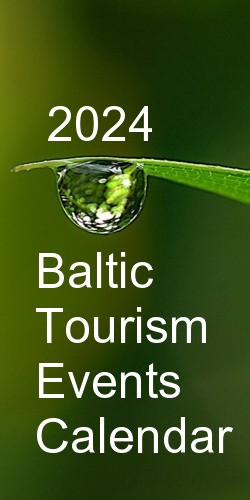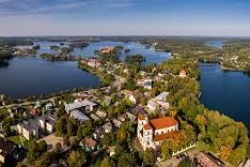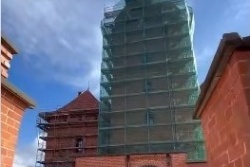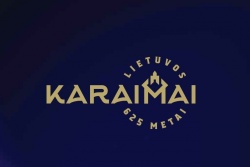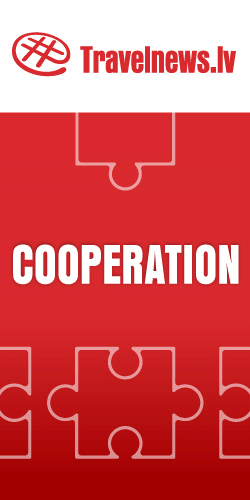Author: vissittallinn.ee
Source: vissittallinn.ee
While 24 February 2018 will officially mark one hundred years of the Republic of Estonia, the centenary celebrations have already begun in April 2017, 100 years since the incorporation of Estonian settlements, and continue through to 2 February 2020 - a century since the signing of the Tartu Peace Treaty.
The events planned for the 100th anniversary will mark all of the major milestones in the establishment of the state. This is a special occasion for all Estonians and will be marked with grand and joyous festivities throughout the country and around the world. We welcome you to join in the celebrations during your visit to Tallinn.
Reklāma
The Estonia 100 celebrations are being organised by the people of Estonia themselves. Everyone is invited to plan initiatives and events that will bring joy to individuals, communities or the entire nation, and shape a better future for us all. All endeavours organised in honour of Estonia 100 are what we call ‘gifts’ and are a welcome and important part of the Estonia 100 programme.
History in a nutshell: the Republic of Estonia
The recent history of the country dates back to 1918, when the independence manifest of the Republic of Estonia was declared in Pärnu on 23 February and in Tallinn on 24 February. The country was briefly occupied by German forces in 1918 and thereafter attacked by Soviet Russia, but as a result of the Estonian War of Independence, Russia was forced to recognise the independent Estonia on 2 February 1920.
The country then enjoyed independence until 1940, when in the course of World War II it was again occupied by Soviet forces. War broke out between the Soviet Union and Germany in 1941, as a result of which the German forces entering the country were regarded by Estonians – who hoped to see their independence restored – as liberators. However, a new onslaught was unleashed by the Soviet forces in 1944 which could not be repelled, and by the end of that year the Red Army controlled all of Estonia. Soviet authority was imposed on the country from 1944-1991.
The Estonian resistance movement began to stir in spring 1987, which marked the start of the Phosphorite War and the Singing Revolution. On 23 August 1989, a human chain known as the Baltic Way stretched from Tallinn to Vilnius, with Estonians, Latvians and Lithuanians protesting against the consequences of the Molotov-Ribbentrop Pact. From that moment on, the senior figures in the Estonian SSR also began moving towards support for a fully independent state, and on 20 August 1991 the Supreme Soviet of Estonia declared the restoration of the nation’s independence.
To publish this article please contact BalticTravelnews.eu editorial board

